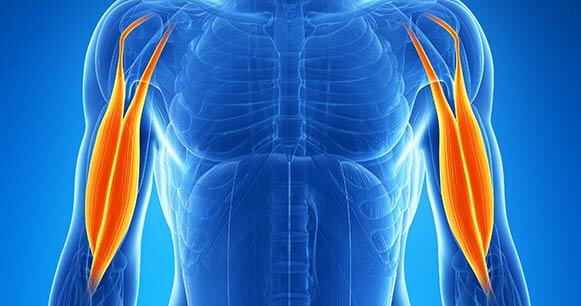Dealing with Shoulder Pain? AC Joint Arthritis May Be the Culprit
As a shoulder specialist, I often see patients with shoulder pain that is caused by AC joint arthritis. The AC joint is where the clavicle (collarbone) meets the acromion, the bony projection on the top of the shoulder blade. Arthritis in this joint can cause pain and limit shoulder movement, making even simple tasks like reaching overhead difficult.
If you are experiencing shoulder pain, it's important to see a specialist like me for a proper diagnosis. In my practice, I use a combination of physical examination, imaging tests, and medical history to determine the source of your pain.
If your diagnosis is AC joint arthritis, don't worry. There are several treatment options available that can help you manage your symptoms and get back to your normal activities.
One treatment option is to modify your activity level and avoid movements that cause pain. I can work with you to develop a personalized exercise plan to help maintain strength and flexibility in your shoulder while minimizing stress on the joint.
In some cases, over-the-counter pain medications or corticosteroid injections can help alleviate pain and inflammation. I will discuss these options with you and determine if they are right for your specific case.
For patients with more advanced AC joint arthritis, surgery may be necessary. I specialize in minimally invasive surgery techniques that can effectively treat AC joint arthritis with smaller incisions and faster recovery times than traditional open surgery.
If you're experiencing shoulder pain, don't ignore it. Seeking proper medical attention can help you get the relief you need to return to the activities you love. Schedule an appointment with me to discuss your options for managing AC joint arthritis and getting back to a pain-free life.
